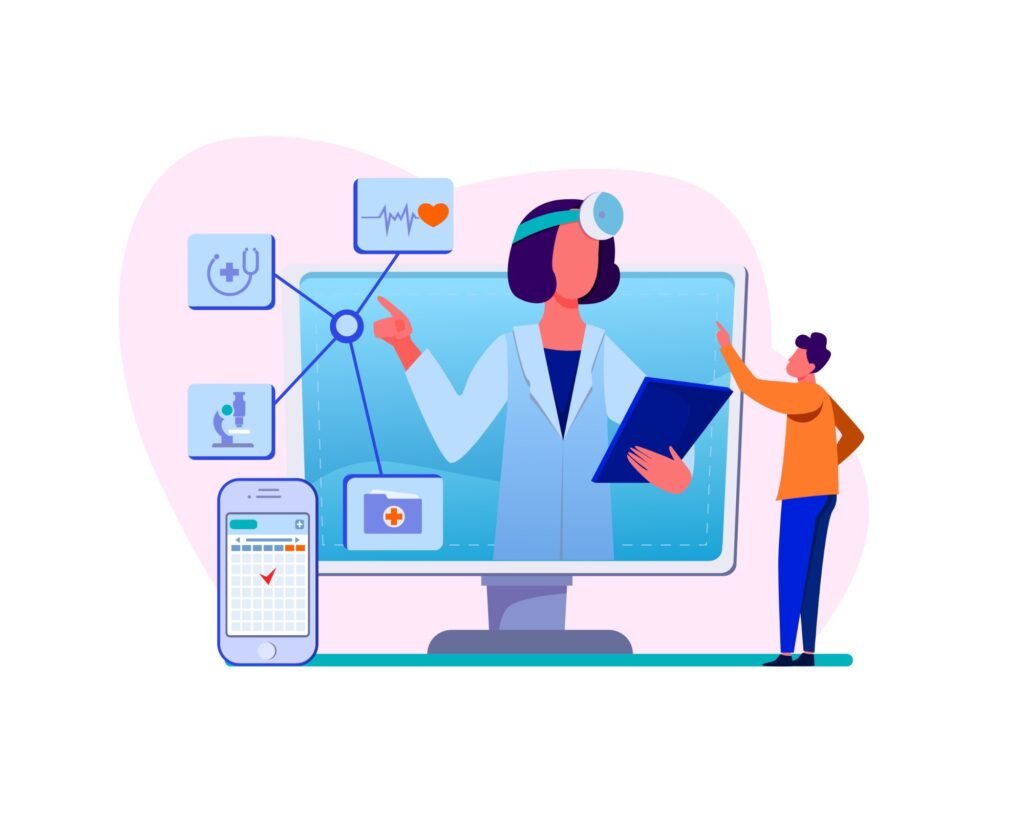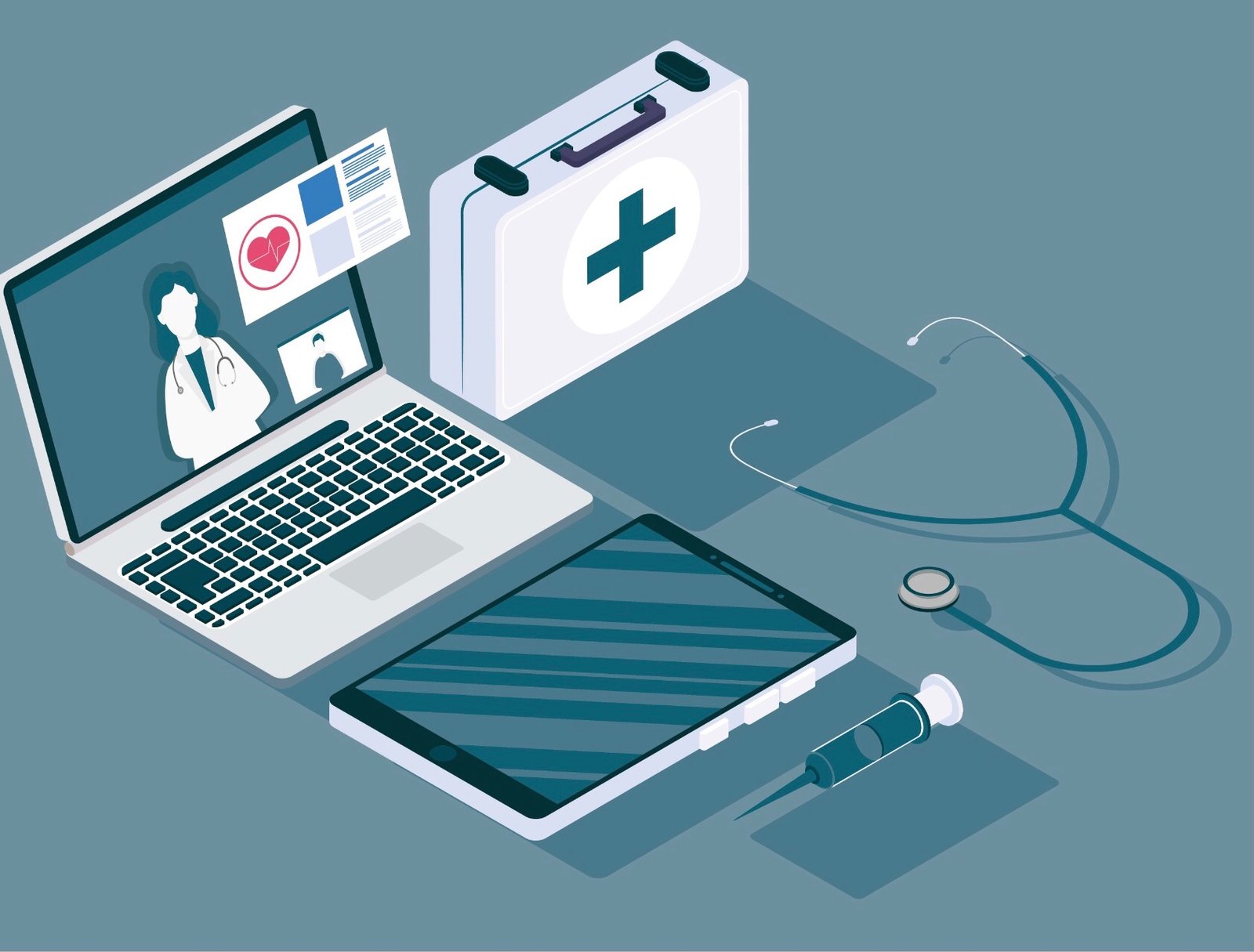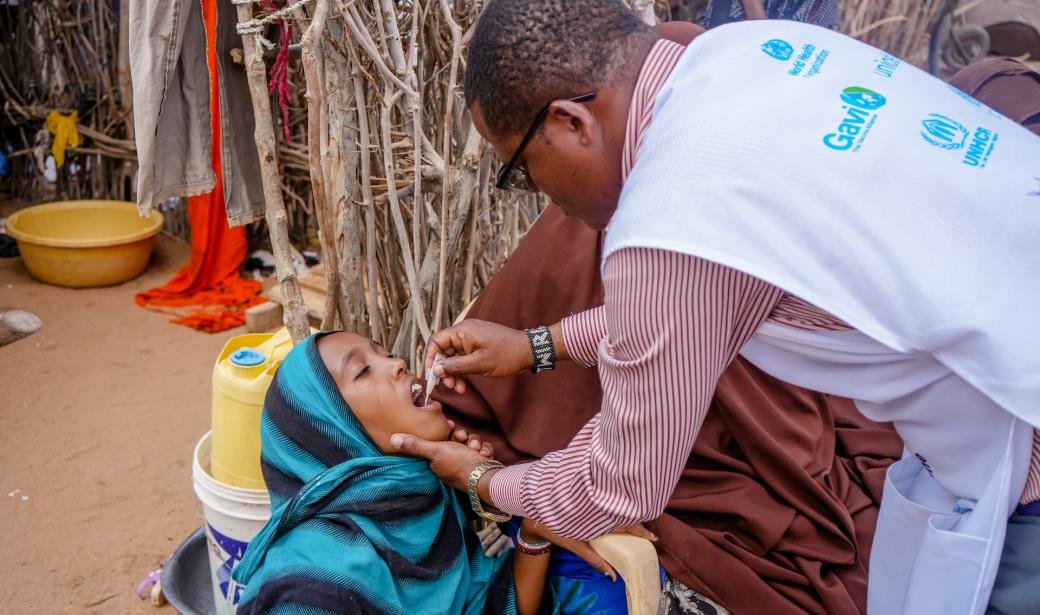Telemedicine is revolutionizing healthcare in sub-Saharan Africa, offering a much-needed solution to the region’s limited access to medical services. Despite infrastructure challenges and regulatory hurdles, its potential to reshape patient care is undeniable.
Imagine a mother in a remote village in sub-Saharan Africa. Her child is sick, but the nearest healthcare facility is hours away, and she can’t afford to make the long journey. Instead, she opens a telemedicine app on her phone and connects with a doctor instantly. This is not just a vision of the future; it’s happening now across parts of Africa, transforming healthcare access for millions.
Telemedicine has emerged as a lifeline for people in regions where traditional healthcare systems often fall short. While it’s a rapidly growing solution, the road to fully embracing this technology remains fraught with challenges. In this article, we’ll explore the potential, opportunities, and barriers telemedicine faces in sub-Saharan Africa and what the future holds for this innovative healthcare approach.
Opportunities for Telemedicine in Sub-Saharan Africa
- Improving Access to Remote Healthcare
The most significant benefit of telemedicine lies in its ability to reach underserved populations. With over 600 million people in sub-Saharan Africa living in rural areas, healthcare access is often limited. Initiatives like Babyl in Rwanda are helping address this gap. Since its launch, Babyl has facilitated over two million consultations via mobile phones, showing the power of technology in delivering health services to isolated communities.
Actionable Insight: For entrepreneurs, developing intuitive, mobile-first platforms that cater to even low-tech users can drastically increase healthcare accessibility. Solutions should be affordable and easy to navigate.
- Combating the Shortage of Healthcare Workers
With only 2.3 healthcare workers per 1,000 people, sub-Saharan Africa has one of the lowest ratios in the world, according to the WHO. Telemedicine offers a way to overcome this by enabling doctors in urban centers to provide care remotely to patients in rural areas. Platforms like TeleAcuity in Kenya link rural hospitals with urban specialists, ensuring quality care across vast distances.
Actionable Insight: Partnerships between rural and urban healthcare centers can help address the workforce shortage. By leveraging digital platforms, urban doctors can extend their expertise to more remote regions.
- Managing Public Health Crises
The Ebola outbreak in West Africa highlighted the strain on traditional healthcare systems during health emergencies. Today, telemedicine has proven essential in monitoring diseases and offering remote consultations during the COVID-19 pandemic, helping to manage surges in cases. HealthConnect in South Africa expanded its reach, providing continuous care for chronic illnesses and pandemic-related consultations.
Actionable Insight: Telemedicine providers should invest in scalable infrastructure that can handle sudden increases in demand during public health emergencies. Robust platforms will ensure uninterrupted service, even in crises.

Challenges Facing Telemedicine Adoption
- Limited Infrastructure and Connectivity
Despite the promise of telemedicine, many areas in sub-Saharan Africa still face connectivity issues. Only 28% of the population has access to the internet, making it difficult to deliver online healthcare services effectively. Additionally, high data costs further restrict widespread adoption. - Regulatory Hurdles
Many countries in sub-Saharan Africa lack clear regulations for telemedicine, leading to uncertainty around data security, patient confidentiality, and legal responsibilities for healthcare providers. These regulatory gaps can delay the adoption of telemedicine solutions. - Cultural and Technological Barriers
Many patients, particularly older generations, may feel uncomfortable using technology for medical consultations. In addition, the low levels of technological literacy in rural areas can further limit the adoption of telemedicine platforms.
The future of healthcare in sub-Saharan Africa is being shaped by telemedicine. Emerging technologies, including AI-powered diagnostics and wearable health devices, hold immense promise for improving care. However, for telemedicine to thrive, challenges like limited internet access, regulatory ambiguity, and cultural hesitancy must be addressed.
By 2030, telemedicine has the potential to serve millions more across the continent, driving improved health outcomes and creating more equitable access to medical services. With continued investment, collaboration, and technological advancement, telemedicine can be the key to unlocking better healthcare for sub-Saharan Africa.






You must be logged in to post a comment.